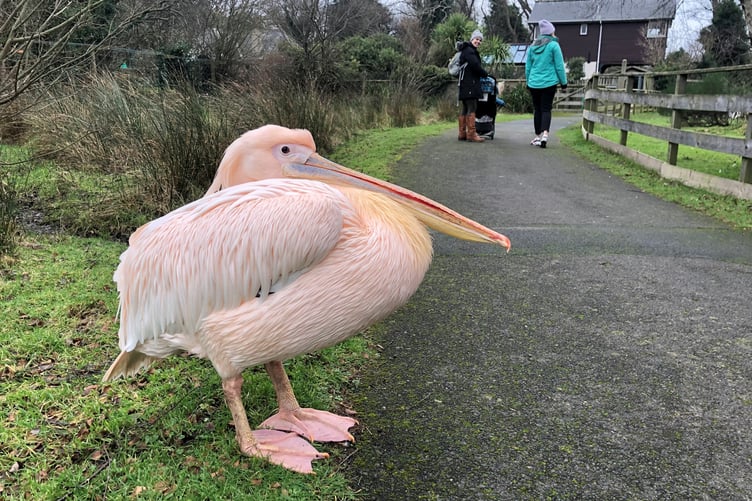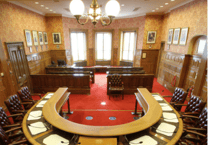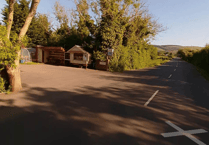A review is to be carried out into the future of the loss-making Curraghs Wildlife Park.
Consultants are to be appointed to draw up a master plan which will explore two options - rationalising the attraction to make it break even financially within two years or investing in it to reshape the current operating model.
Last year, some 50,000 people visited the Wildlife Park but it made a loss of about £500,000.
The zoo is currently part of Department of Environment, Food and Agriculture which funds the shortfall between income and expenditure.
But the department is looking at whether that funding model should remain or the park become a charity. Details of the proposed masterplan are outlined on the government’s quick quote online procurement portal.
It states that the park is facing increasing pressure from rising energy prices and escalating infrastructure, staffing and animal costs - and DEFA says it is critical that it produces a financially balanced and long-term plan for the attraction. Staff at the Wildlife Park are currently undertaking a strategic review of essential maintenance for the next five years.
But consultants are to be appointed to the draw up a masterplan which DEFA says should ‘lay out a blueprint for development and sustainability, whether the park stays under the current model of government funding or at a later stage becomes a charity or a combination of both’.
This document, it says, needs to set out development, with achievable goals, which ‘sets the correct tone for any future-funding bid be it from the government or charity’.
Additionally, says DEFA, the master plan will need to show two options, which includes the ‘phased rationalising of the current park to a breakeven position within two years’ years and an option of a long-term plan of investment over five to 25 years to reshape the current model.
The blueprint will set out what the Wildlife Park will look like in 25 years’ time under both options, with an analysis of site topography and potential revenue streams.
DEFA says the long-term plan should be delivered in logical five-year phases, planned out in detail and costed as each becomes imminent.
It added: ‘However, it is also essential that the master plan sets out how the Curraghs Wildlife Park development will bring the park to a financial breakeven point, while also showing the wider impact and multiplying factor it will have on the economy.’
DEFA says the blueprint should seek to contribute to and benefit from a projected increase in tourism to the island, with Visit Isle of Man aiming to increase annual visitor numbers to 500,000 visitors by 2032, adding £520m to the economy. The Curraghs Wildlife Park is a member of the British and Irish Association of Zoos and Aquaria and the European Association of Zoos and Aquaria. EAZA highlighted the need for a masterplan for its next accreditation. DEFA says the attraction has to keep up with evolving high standards of animal welfare and visitor expectations, as the bar is raised year on year.
In a statement, a spokesperson for the department said: ‘DEFA is in the process of appointing a consultant to develop a masterplan for the Curraghs Wildlife Park.
‘This is an important requirement of the park’s EAZA and BIAZA accreditation, which allows it to contribute to globally significant breeding programmes for rare species such as silvery gibbons.
‘Last year, around 50,000 people visited the Ballaugh Park, which costs the department in the region of £500k a year to run.
‘The department recognises the importance of maintaining the park’s financial health and the role it plays for both residents and visitors.
‘The successful consultant will be asked to consider two main options: rationalising the park to achieve financial break-even within two years, or investing to reshape its current model.
‘The goal will be to create a sustainable blueprint for the next 25 years that addresses rising costs and explores all potential funding models.
‘Once the master plan is developed, the department will invite public engagement.’


-(3).jpeg?width=209&height=140&crop=209:145,smart&quality=75)


Comments
This article has no comments yet. Be the first to leave a comment.